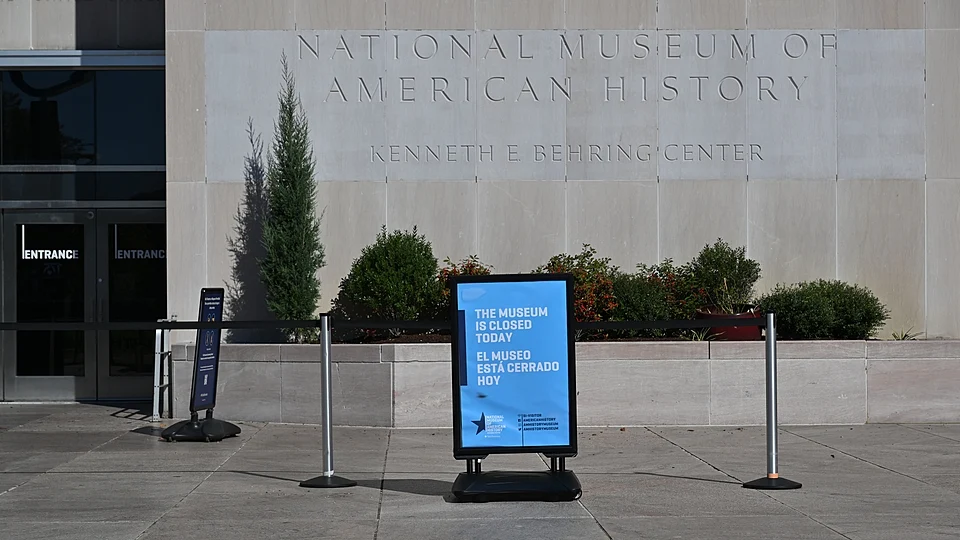U.S. Government Shutdown Ends: Opportunities and Impacts Behind the 43-Day Deadlock
Origins and Course of the Shutdown

Source: https://en.wikipedia.org/wiki/2025_United_States_federal_government_shutdown
In October 2025, as disputes over the fiscal year 2026 appropriations remained unresolved, several U.S. government agencies were forced to shut down. Congressional gridlock over the appropriations bill partially suspended federal operations. The shutdown lasted a record 43 days. During this period, hundreds of thousands of federal employees were furloughed, food assistance programs faced disruptions, and there were cascading effects on airports and travel infrastructure.
Key Turning Points in Ending the Shutdown
On November 12, 2025, the House of Representatives passed the appropriations bill by a vote of 222 to 209, after which the President signed it into law and the government resumed operations. The bill extended funding for most federal functions through January 30, 2026, and provided annual appropriations for certain agencies through September 2026. This officially ended the shutdown, and the government activated mechanisms to restore related services and employee pay.
Impact on Federal Employees and Social Programs
During the shutdown, about 670,000 employees were furloughed, while another 730,000 continued working without pay. After the government reopened, these employees received back pay and their job security was maintained. Over 42 million Americans who rely on food assistance programs—such as the Supplemental Nutrition Assistance Program (SNAP)—faced significant risks from funding interruptions. With appropriations restored, these programs are expected to resume normal operations gradually.
Economic and Market Reactions

Source: https://www.gate.com/trade/BTC_USDT
Throughout the shutdown, the release of key U.S. economic data was delayed. Market risk appetite decreased. Bitcoin and other major cryptocurrencies experienced temporary weakness. As the government reopened, macroeconomic uncertainty decreased, and assets like BTC and ETH experienced modest recoveries.
Regulators returning to normal operations also restarted the approval process for crypto ETFs, stablecoin legislation, and other industry initiatives. This boosted market confidence in regulatory support over the medium term. In summary, the end of the shutdown led to a short-term improvement in crypto market sentiment. The medium-term outlook remains focused on regulatory developments.
Future Risks and Policy Direction
Although the government has resumed its functions, unresolved issues like healthcare subsidies and long-term budget challenges persist. If appropriations fail again in January 2026, another shutdown remains a real risk. Analysts recommend closely tracking upcoming congressional budget negotiations.
Conclusion: The end of the U.S. government shutdown is not just a news event. It provides important lessons for public policy, economic operations, and the social safety net. Readers should remain aware of underlying systemic changes and future risks.
Related Articles

Pi Coin Transaction Guide: How to Transfer to Gate.io

Flare Crypto Explained: What Is Flare Network and Why It Matters in 2025

How to Use a Crypto Whale Tracker: Top Tool Recommendation for 2025 to Follow Whale Moves

What is N2: An AI-Driven Layer 2 Solution

2025 BTC Price Prediction: BTC Trend Forecast Based on Technical and Macroeconomic Data
